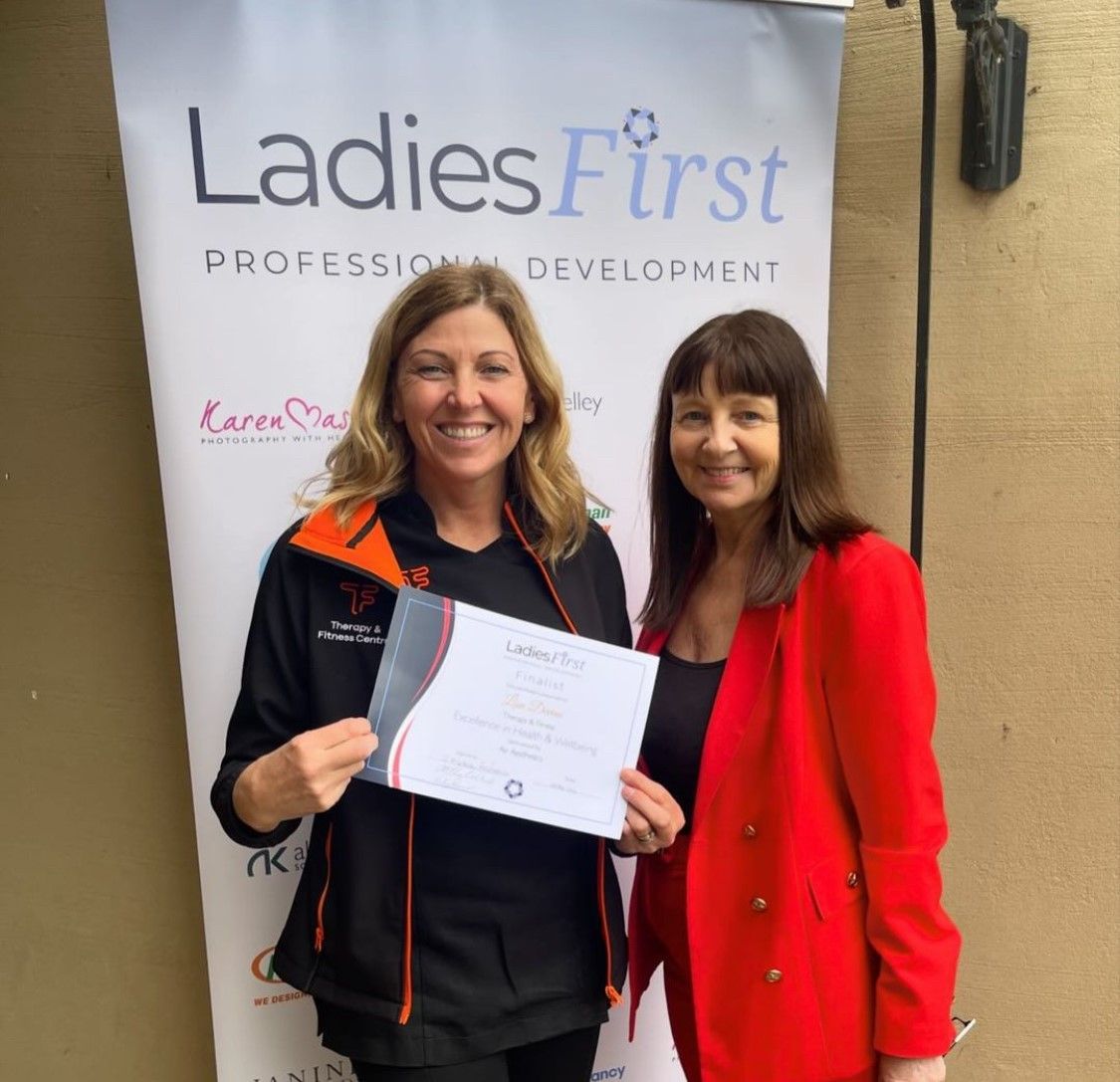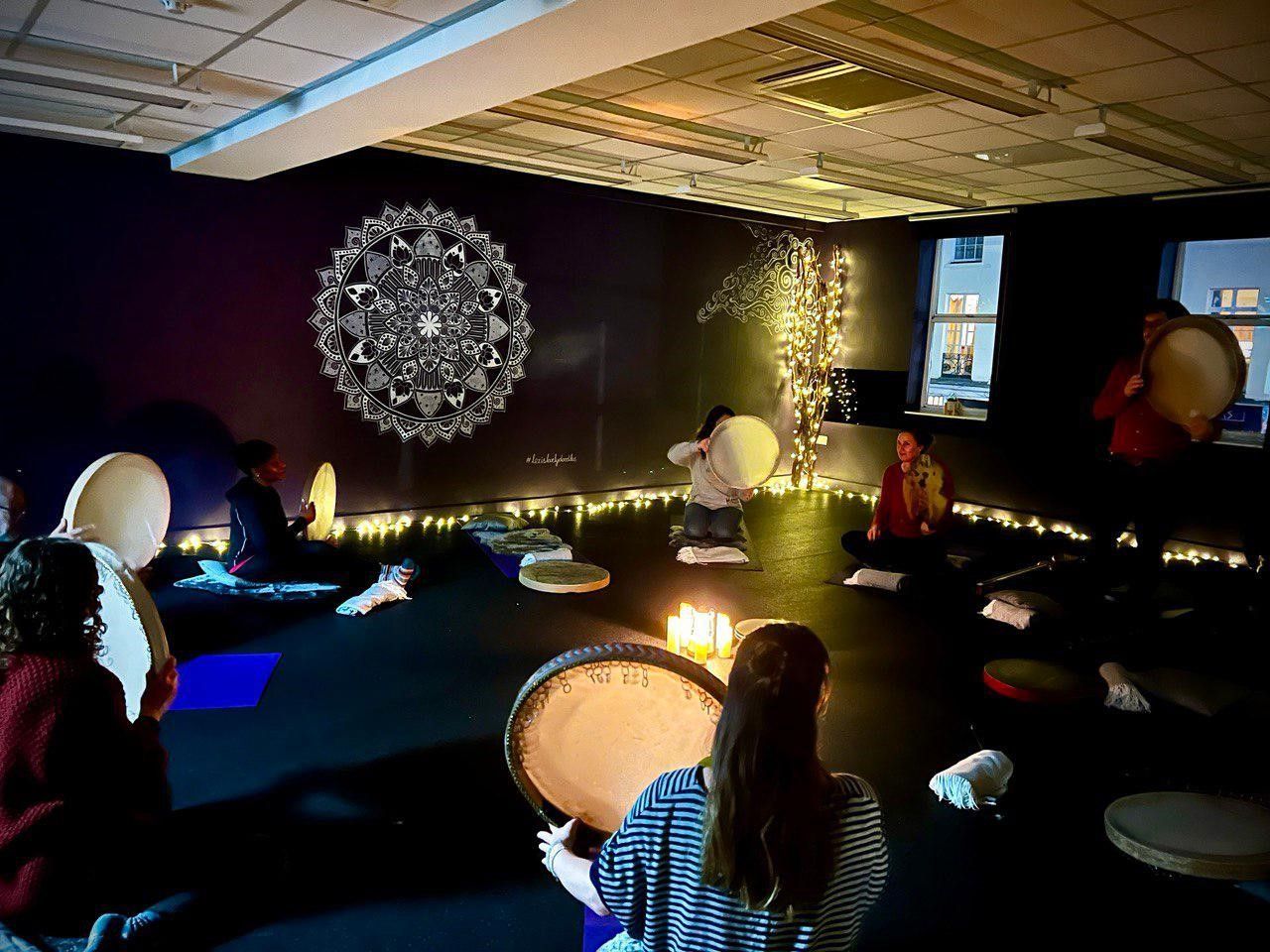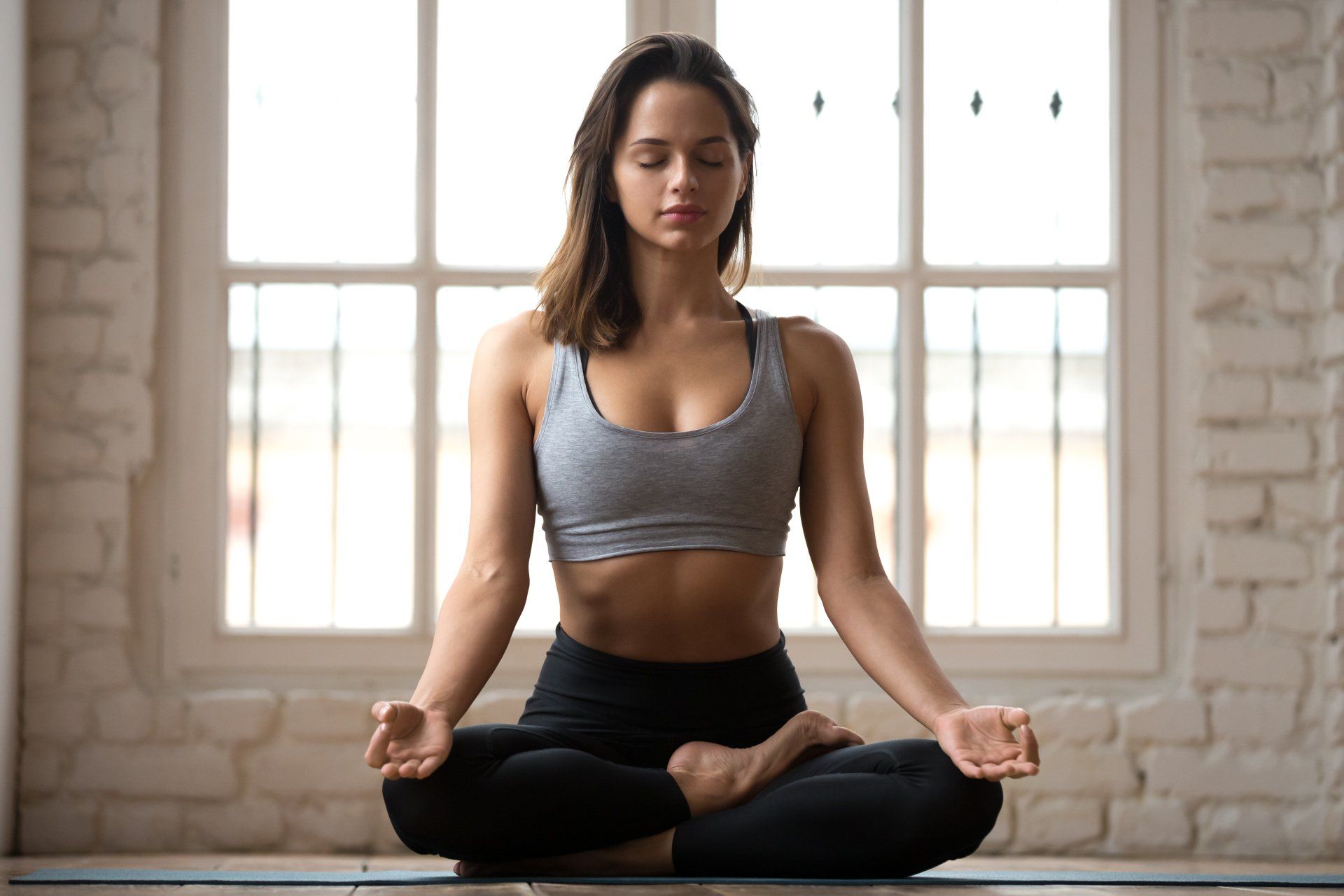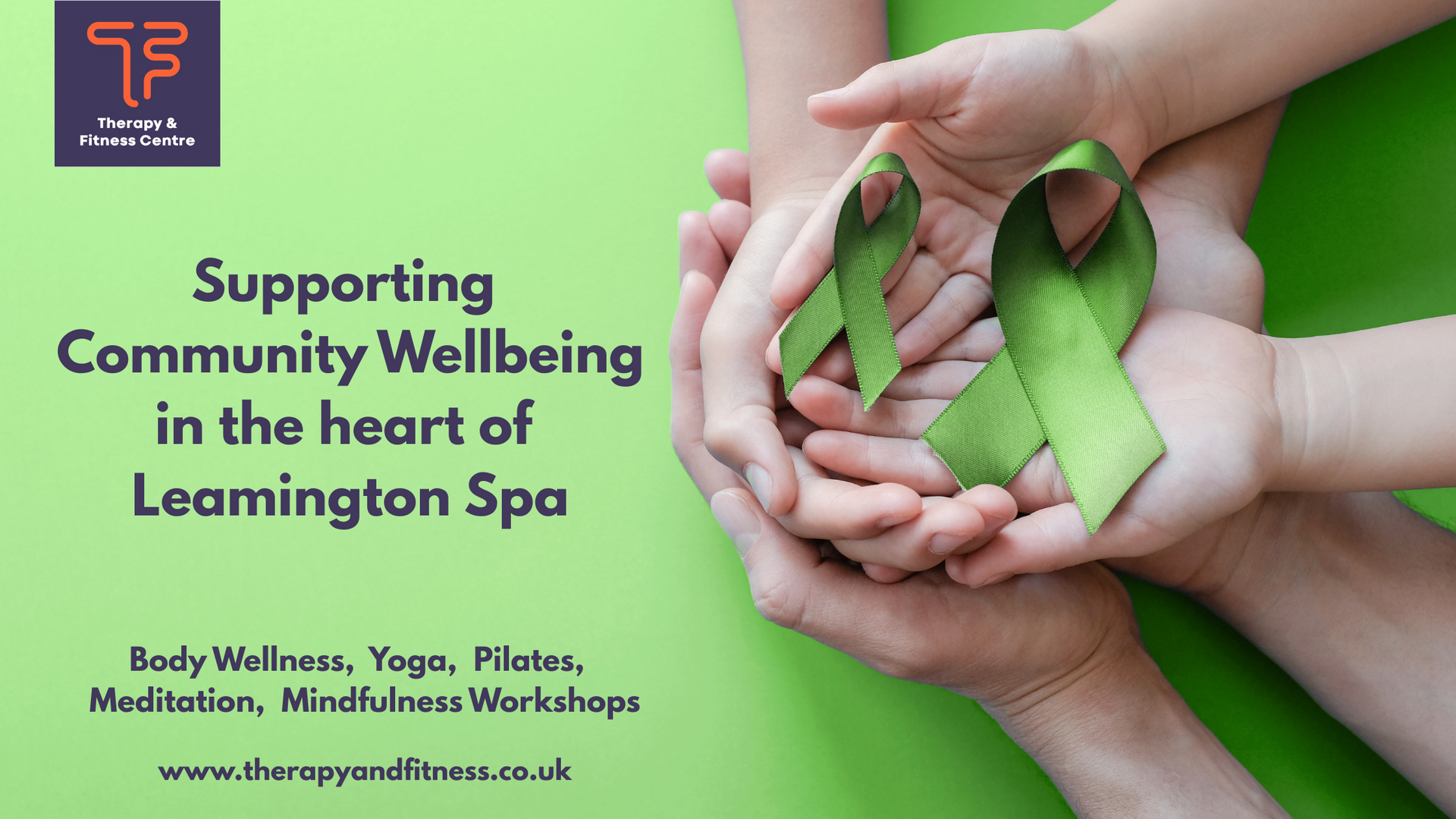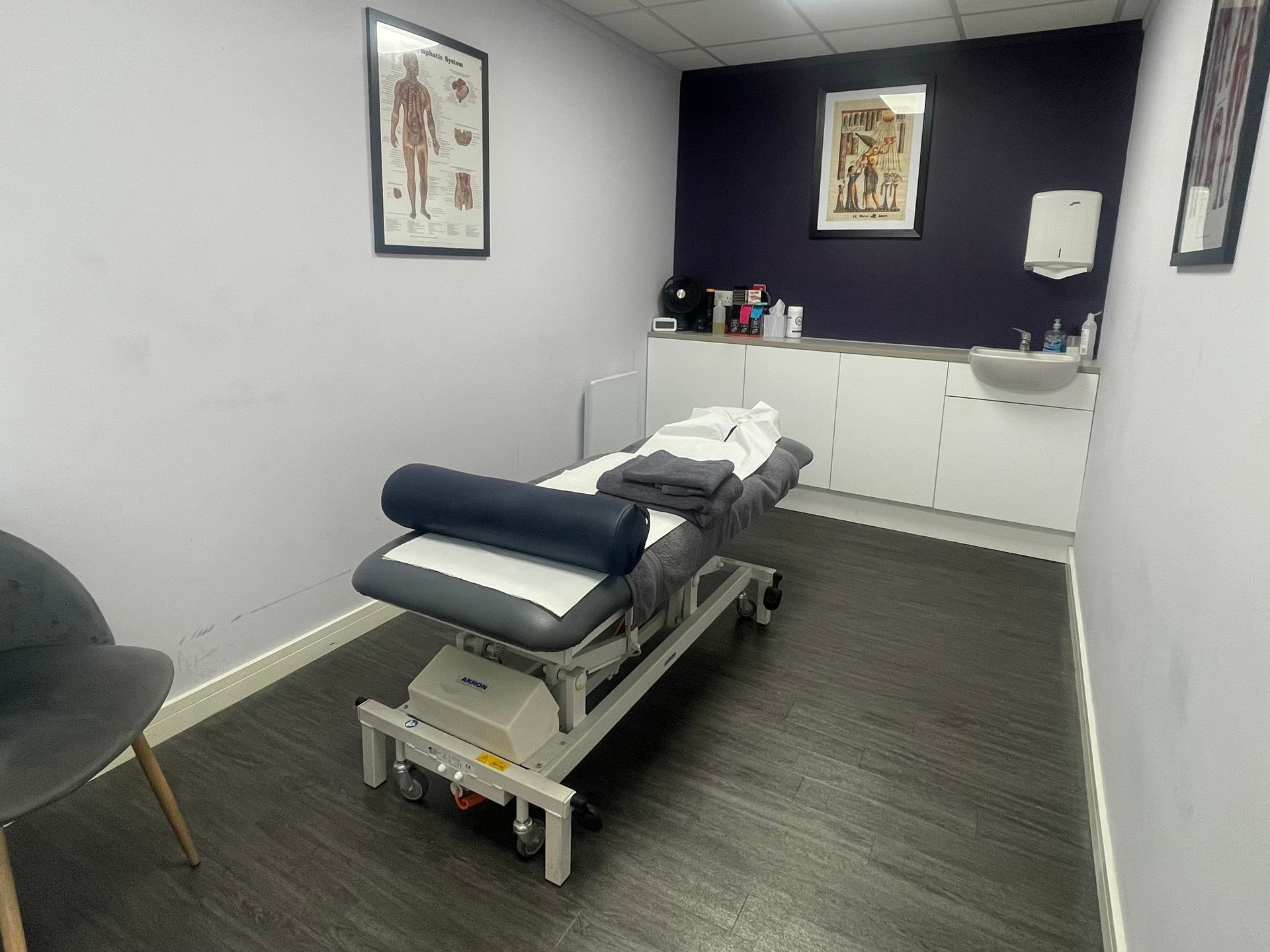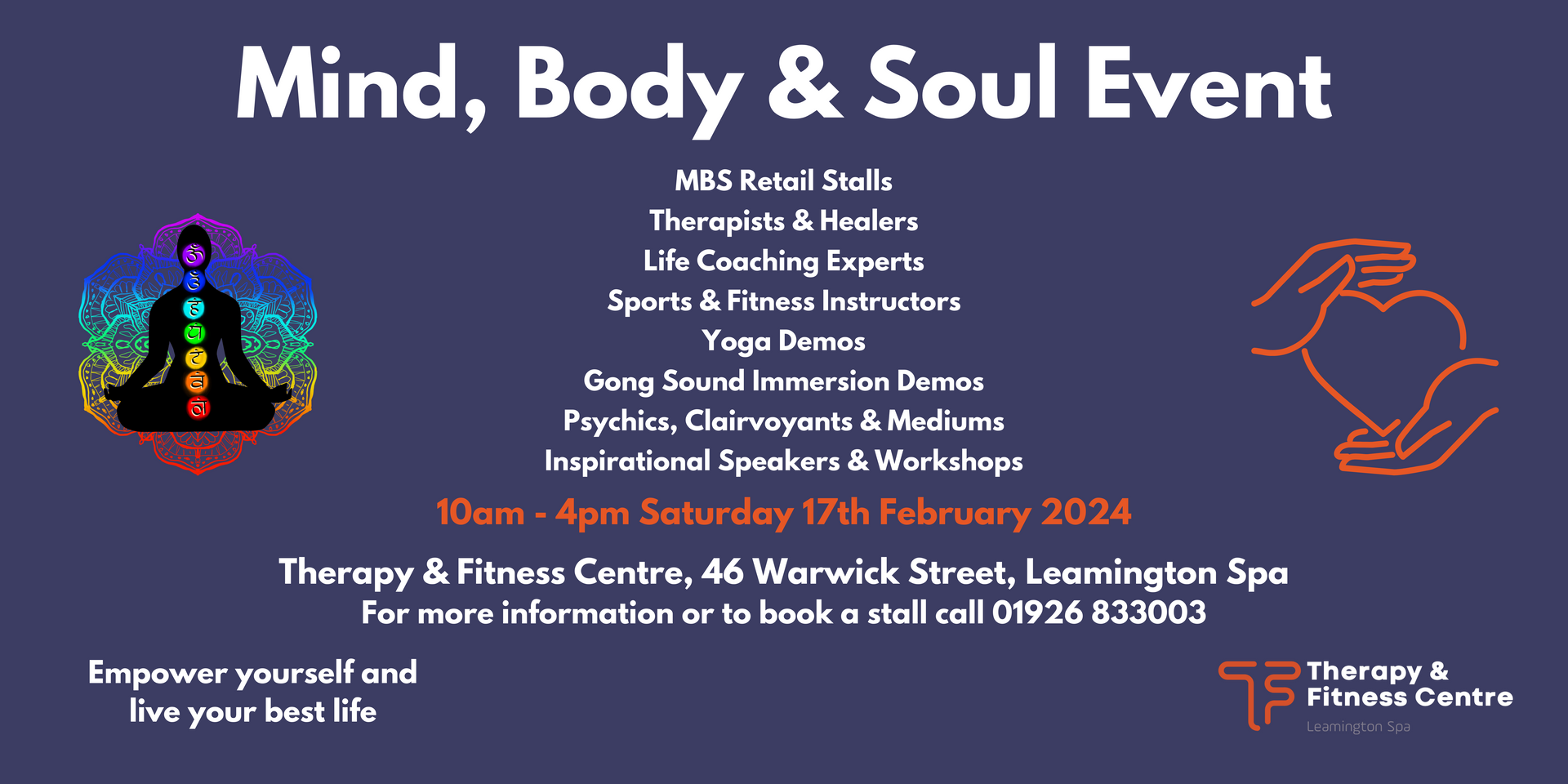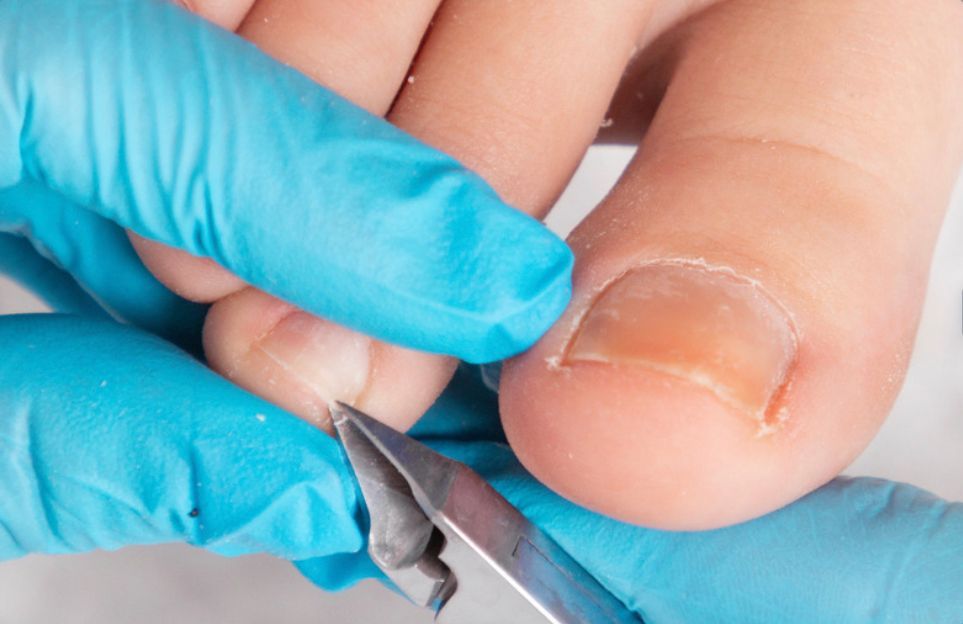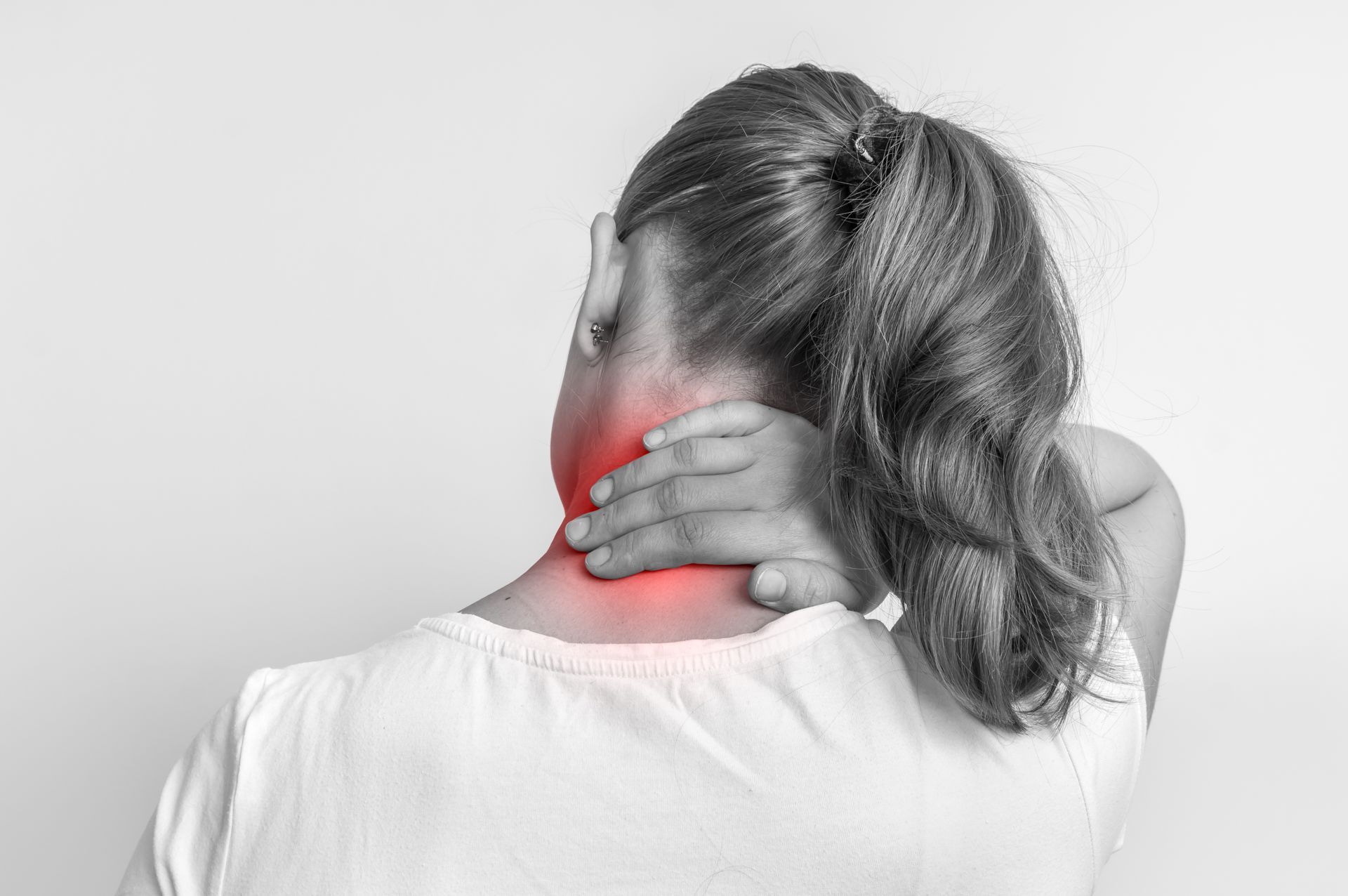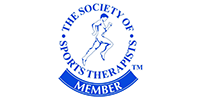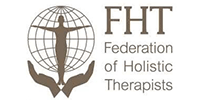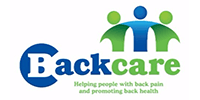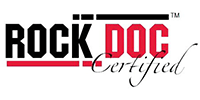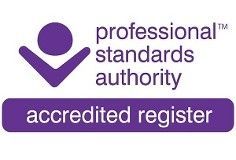Are you suffering from SAD?
Seasonal affective disorder (SAD) is a type of depression that has a seasonal pattern.
The episodes of depression occurs at the same time each year, usually during the winter.
Symptoms of SAD can include:
- a persistent low mood
- a loss of pleasure or interest in normal everyday activities
- irritability
- feelings of despair, guilt and worthlessness
- feeling lethargic (lacking in energy) and sleepy during the day
- sleeping for longer than normal and finding it hard to get up in the morning
- craving carbohydrates and gaining weight
For some people, these symptoms can be severe and have a significant impact on their day-to-day activities.
What causes SAD?
The exact cause of SAD isn't fully understood, but it's thought to be linked to reduced exposure to sunlight during the shorter autumn and winter days.
The main theory is that a lack of sunlight might stop a part of the brain called the hypothalamus working properly, which may affect the:
- production of melatonin – melatonin is a hormone that makes you feel sleepy; in people with SAD, the body may produce it in higher than normal levels
- production of serotonin – serotonin is a hormone that affects your mood, appetite and sleep; a lack of sunlight may lead to lower serotonin levels, which is linked to feelings of depression
- body's internal clock (circadian rhythm) – your body uses sunlight to time various important functions, such as when you wake up, so lower light levels during the winter may disrupt your body clock and lead to symptoms of SAD
Treatments for SAD
A range of treatments are available for SAD, the main treatments are:
- lifestyle measures – including getting as much natural sunlight as possible, exercising regularly, getting a healthy balanced diet, managing your stress levels, setting goals and creating a daily routine
- light therapy – where a special lamp called a light box or a SAD light and a Lumie body clock are used to simulate exposure to sunlight
- talking therapies – such as cognitive behavioural therapy CBT or counselling
- complimentary therapies – massage, reflexology, Indian head massage or hot stone massage. Take a look at our ‘massage mind connection’ article HERE
- taking supplements or medication – seeing a qualified naturopath or herbalist or visiting your GP.
